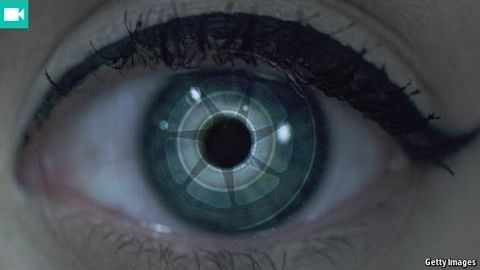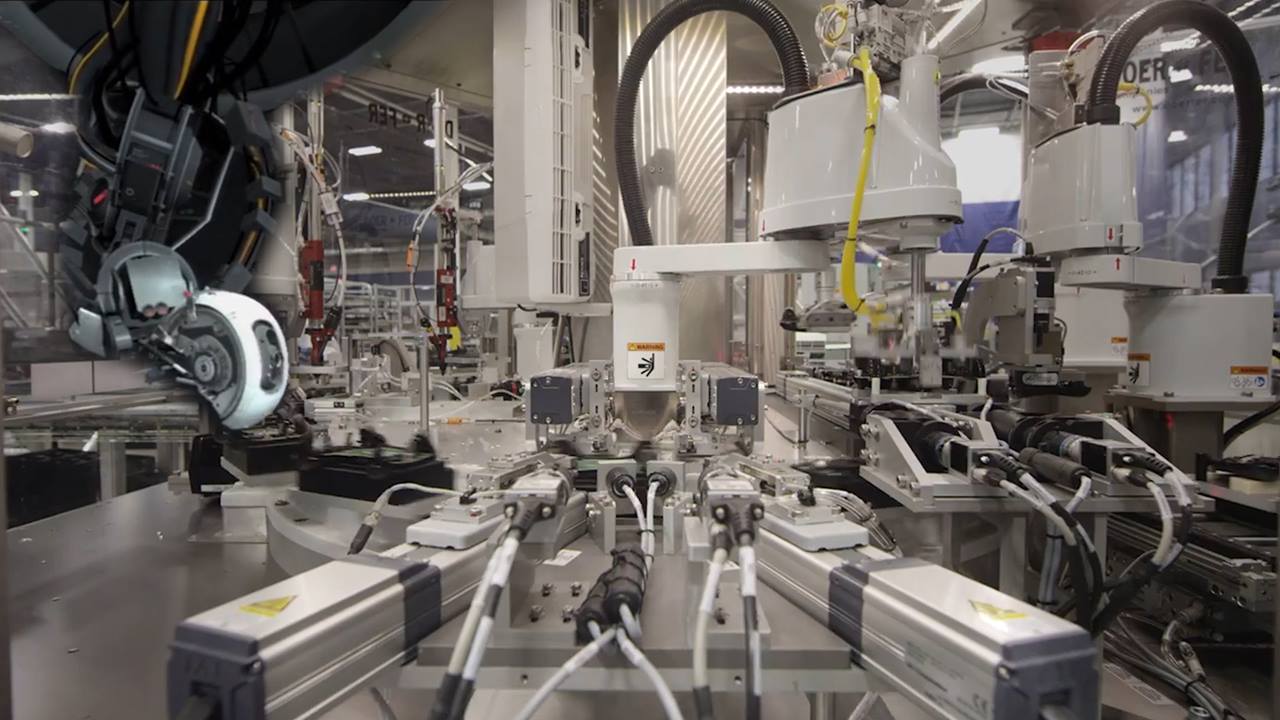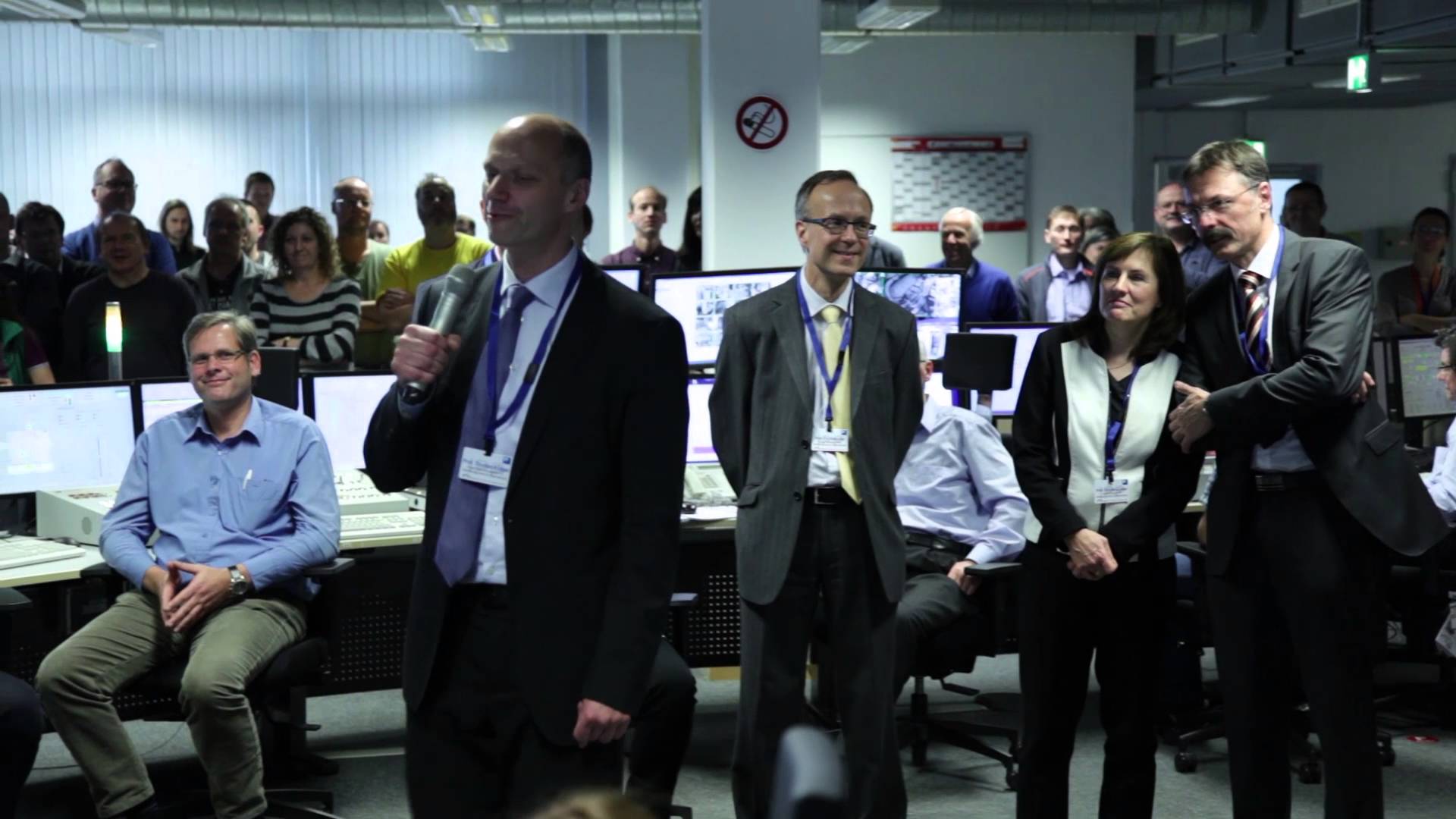Page 11270
Dec 14, 2015
Brain implants and robotic hearts: Transhumanist Zoltan Istvan’s technology predictions for 2025
Posted by Zoltan Istvan in categories: life extension, neuroscience, robotics/AI, transhumanism
This out from the journalist who was embedded with us on the #ImmortalityBus:
Transhumanist Zoltan Istvan gives IBTimes UK his top five predictions for the year 2025.
Dec 14, 2015
Musk, others commit $1 billion to non-profit AI research company to ‘benefit humanity’
Posted by Sean Brazell in categories: Elon Musk, finance, neuroscience, robotics/AI
(credit: OpenAI)
Elon Musk and associates announced OpenAI, a non-profit AI research company, on Friday (Dec. 11), committing $1 billion toward their goal to “advance digital intelligence in the way that is most likely to benefit humanity as a whole, unconstrained by a need to generate financial return.”
The funding comes from a group of tech leaders including Musk, Reid Hoffman, Peter Thiel, and Amazon Web Services, but the venture expects to only spend “a tiny fraction of this in the next few years.”
Dec 14, 2015
Which trends will affect our lives in the future
Posted by Julius Garcia in category: futurism

https://www.youtube.com/watch?v=8wx3YxFYWtM
A futurist, a demographer and a museum curator spot trends that will affect the way people live and work.
Dec 14, 2015
World’s most sensitive dark matter detector gets better
Posted by Andreas Matt in categories: cosmology, particle physics
LEAD, S.D. [Brown University] — The Large Underground Xenon (LUX) dark matter experiment, which operates nearly a mile underground at the Sanford Underground Research Facility (Sanford Lab) in the Black Hills of South Dakota, has already proven itself to be the most sensitive dark matter detector in the world. Now, a new set of calibration techniques employed by LUX scientists has again dramatically improved its sensitivity.
Researchers with LUX are looking for WIMPs, weakly interacting massive particles, which are among the leading candidates for dark matter. “It is vital that we continue to push the capabilities of our detector in the search for the elusive dark matter particles,” said Rick Gaitskell, professor of physics at Brown University and co-spokesperson for the LUX experiment. “We have improved the sensitivity of LUX by more than a factor of 20 for low-mass dark matter particles, significantly enhancing our ability to look for WIMPs.”
The new research is described in a paper submitted to Physical Review Letters and posted to ArXiv. The work re-examines data collected during LUX’s first three-month run in 2013, and helps to rule out the possibility of dark matter detections at low-mass ranges where other experiments had previously reported potential detections.
Dec 14, 2015
Evidence of a genetic ‘fountain of youth’ discovered
Posted by Shailesh Prasad in categories: genetics, health, life extension
Dec 14, 2015
Valve’s Controller Factory Is Controlled By Robots
Posted by Shailesh Prasad in categories: futurism, robotics/AI

A look at the future of manufacturing: A factory completely controlled by robots. http://voc.tv/1P6L9zh
Dec 14, 2015
Jeremy Howard — ‘A.I. Is Progressing So Fast We Need a Basic Guaranteed Income’
Posted by Shailesh Prasad in categories: economics, robotics/AI
Dec 14, 2015
First plasma from Wendelstein 7-X fusion reactor
Posted by Shailesh Prasad in category: physics

Testing of the Wendelstein 7-x stellarator has started with a bang, albeit a very very small one, with researchers switching on the experimental fusion reactor to produce its first helium plasma at the Max Planck Institute for Plasma Physics (IPP) in Greifswald, Germany. After almost a decade of construction work and more than a million assembly hours, the first tests have gone according to plan with the researchers to shift focus to producing hydrogen plasma after the new year.
Assembly of the Wendelstein 7-x stellarator was completed in April of last year, and after a period of careful testing of its various components, the science team finally flicked the switch on December 10. This saw around a single milligram of helium gas heated to one million degrees Celsius (1.8 million° F), with the flash observed on cameras and measuring devices for one tenth of a second.
Continue reading “First plasma from Wendelstein 7-X fusion reactor” »

The 21st Robot Exhibition in Japan.
The 21st Robot Exhibition just opened in Japan. It features disaster relief robots, a robot cat, and plenty of the regularly creepy ones, too.













